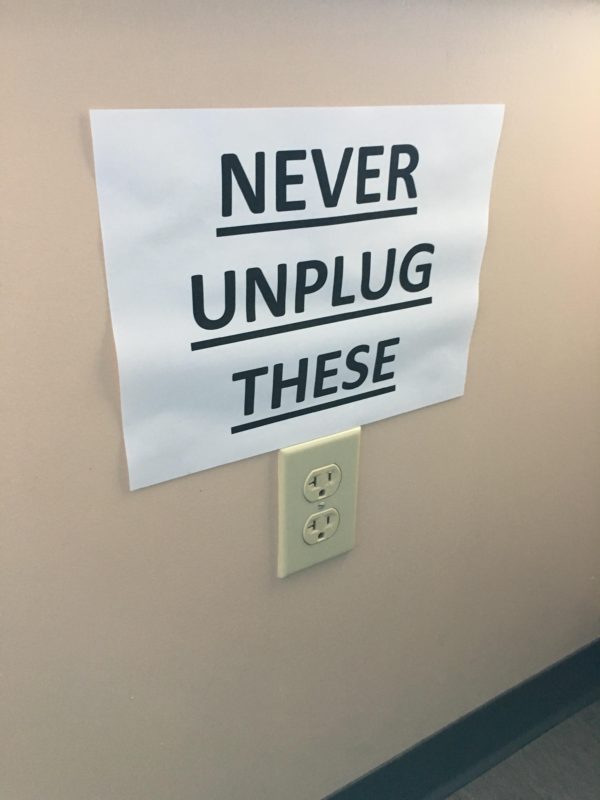Opposite Day
Let us journey back in time to high school, which was probably when you first noticed the different between surface and structure. Like many observations from childhood, what you noticed was true, but you did not understand the mechanism.
In your classes, you observed that some people could understand the depth of an issue and how its parts interrelated, and others stayed floating on the surface where they could reduce it to easily-comprehended parts existing in a one-dimensional flat hierarchy. For example, to some Moby-Dick was a story about a whale and algebra was a series of equation-forms; to others, the book looked into the human desire for power and algebra was a language for translating discrete quantities to relative ones.
As you ventured into adulthood, you saw this division occurs everywhere, even among smart people. One can always take life at face value, or look at it through the lens of how one communicates to others and justifies one’s own decision as good. Face value creates an understanding of something in purely human terms, with no relation to how it connects to anything other than humans.
Most people think in terms of face value because it is less threatening to them than looking into the depth of structure. In groups, people agree on face value because the goal of a group is that everyone must all get along, and since face value is easily perceived, a group can share that assessment without it being controversial, where looking into depth involves risk and is thus always controversial. This means that in human societies, it is always opposite day:
- Whatever makes most people feel good or they think is right or profound, is not, and is in fact a scapegoat or distraction from the real issues;
- Whatever makes most people feel uncomfortable or confused is a gateway to the real issues, and most people spend most of their time in flight from it.
On perpetual opposite day, whatever you are told is “clearly” true is in fact not true, and whatever people get together to insist in false contains some grain of truth. This does not mean that you can simply execute a “180 degree rule” on whatever is popular and do the opposite, but that what is popular is distraction, and the answer can be found by beginning with what is denied and looking into it for depth.
The problem with humans is that their thought process rewards what is comprehensible over what is ambiguous. Truth is ambiguous: it has depth, particularity, internal structure and invokes (many) principles of abstract logic as well as natural law (gravity, Darwinism, etc.). As a result, humans tend to think about what they are thinking, and choose what they can communicate that will make others happy, which is always a subset of actual truth.
As any good leader can tell you, the enemy of getting it right is getting it “right enough” for someone else to sign off on it. People prefer a subset of truth, or something quite short of the whole truth, because they view it as something they can implement, starting with explaining it to their friends, colleagues and neighbors. Thus begins the perennial process of dumbing-down that seems endemic to humanity.
Human thinking is based in self-consciousness, or the perpetual question of “how does this look to others?” with a sub-heading of “we must all get along.” This prioritizes the clearly communicable (infectious) ideas that are mostly wrong over the more ambiguous and thus risky and controversial ideas that are mostly right.
The only solution to opposite day is to embrace the controversy, mystery, ambiguity and difficulty and to find the people who excel at understanding reality and put them in charge. The best must oppress the rest, or the rest will oppress the best, and then in incompetence society will dwell and slowly fade away, like every human civilization in history has eventually done.
But the catch — the difficulty in bootstrapping this — is that this principle itself requires understanding, so is anti-social or at least not infectious. It cannot spread like a disease, but is more like a trophy: those who fight to the top of the heap of ideas applied in reality are able to see it. Usually at that point, they despair, because they realize that this idea will be unpopular.
Perhaps, then, our first target is popularity itself.
Tags: crowdism, demotism, infection model, lowest common denominator, popularity










